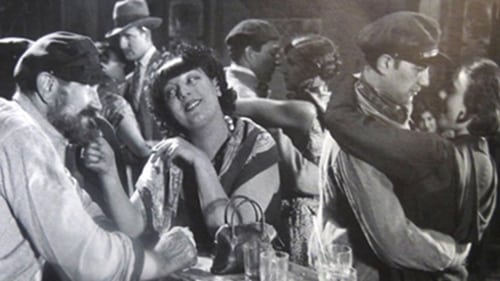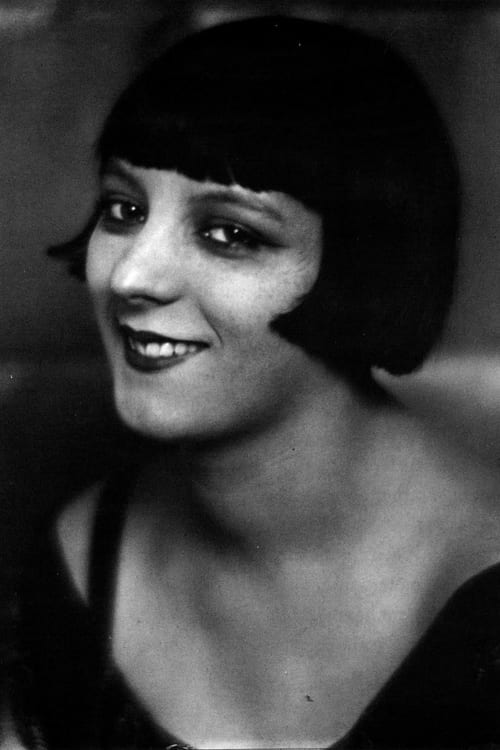
Kiki of Montparnasse
出生 : 1901-10-02, Châtillon-sur-Seine, Francia
死亡 : 1953-04-29
略歴
Alice Prin born in 1901 as an illegitimate child and was raised in poverty by her grandmother. At age twelve, she was sent by train to live with her mother, a linotypist, in Paris in order to help earn an income for her family. By 14, she started posing as a nude model for various artists, this created discord with her mother, who finally disowned her. The teenage Kiki determined to make her living exclusively by posing for artists, but she soon became a local celebrity who symbolized the Montparnasse quarter's nonconformity and its rejection of the social norms of the petite bourgeoisie.
In Autumn 1921, Prin met the American visual artist Man Ray, and the two soon entered into a stormy eight-year relationship. She lived with Man Ray in his studio on rue Campagne-Première until 1929 during which time he made hundreds of portraits of her. She became his muse at the time and the subject of some of his best-known images. By 1929, Prin had reached the zenith of her fame. A symbol of bohemian and creative Paris and of the possibility of being a woman and finding an artistic place, she was elected the Queen of Montparnasse at the age of twenty-eight. Despite her local fame, she continued to live a hand-to-mouth existence. Even during difficult times, she maintained her positive attitude, saying "all I need is an onion, a bit of bread, and a bottle of red [wine]; and I will always find somebody to offer me that."
She died at the age of fifty-one on after collapsing outside her flat in Montparnasse, apparently of complications of alcoholism or drug dependence.

In the 1920s, Man Ray directed four films which, although largely unknown by the general public, made him into a major figure in avant-garde cinema. His films were to be as radical as his images or objects. Included: Le Retour à la Raison, Les Mystères du Château du Dé, Emak-Bakia, L'étoile de Mer and collected shorts.

Shaw is the south end of a horse for an ice show, but she longs to be a ballerina. It looks like she will achieve that goal, but will her oversized ego get in her way?

(uncredited)
Vautier, a wealthy surgeon in his fifties, falls in love with Hélène, a young woman from a modest background. He allows her to have a string of short-lived lovers - but when Jean Trapeau, an old boyfriend, resurfaces, things get complicated.
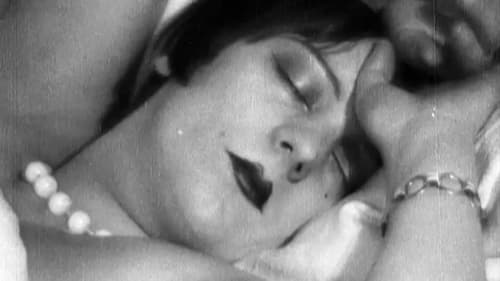
Two people stand on a road, out of focus. Seen distorted through a glass, they retire upstairs to a bedroom where she undresses. He says, "Adieu." Images: the beautiful girl, a starfish in a jar, city scenes, newspapers, tugboats. More images: starfish, the girl. "How beautiful she is." Repeatedly. He advances up the stair, knife in hand, starfish on the step. Three people stand on a road, out of focus. "How beautiful she was." "How beautiful she is." "Beautiful."

Girl with painted eyes
Emak-Bakia (Basque for Leave me alone) is a 1926 film directed by Man Ray. Subtitled as a cinépoéme, it features many techniques Man Ray used in his still photography (for which he is better known), including Rayographs, double exposure, soft focus and ambiguous features. The film features sculptures by Pablo Picasso, and some of Man Ray's mathematical objects both still and animated using a stop motion technique.
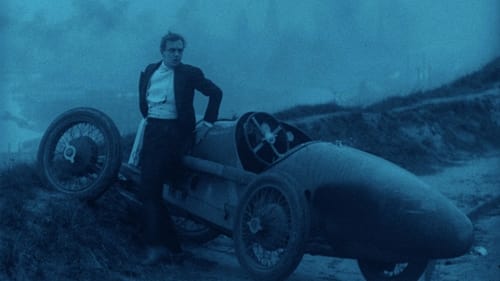
A famous singer Claire Lescot, who lives on the outskirts of Paris, is courted by many men, including a maharajah, Djorah de Nopur, and a young Swedish scientist, Einar Norsen. At her lavish parties she enjoys their amorous attentions but she remains emotionally aloof and heartlessly taunts them. When she is told that Norsen has killed himself because of her, she shows no feelings. At her next concert she is booed by an audience outraged at her coldness. She visits the vault in which Norsen's body lies, and as she admits her feelings for him she discovers that he is alive; his death was feigned. Djorah is jealous of their new relationship and causes Claire to be bitten by a poisonous snake. Her body is brought to Norsen's laboratory, where he, by means of his scientific inventions, restores Claire to life.
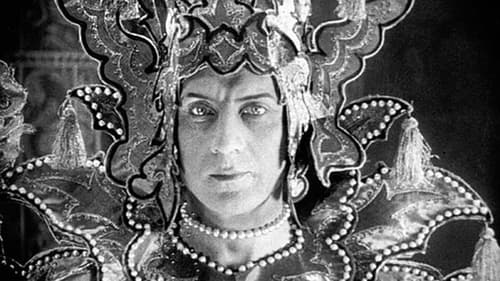
La fille qui danse dans le bar
In the kingdom of the Moguls, Prince Roudghito-Sing, a young officer of the palace, falls in love with Zemgali, a captive princess held prisoner and coveted by the Grand Khan. Fleeing the country, he takes refuge in Paris and his presentability allows him to be hired as an actor by a French film company. The trouble is that Anna, the star of the movie, is attracted to him. Which displeases banker Morel, the producer and Anna's lover... Written by Guy Bellinger
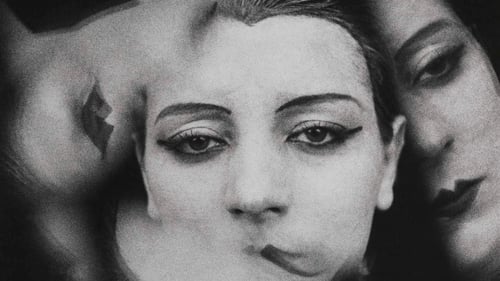
Ballet Mécanique (1923-4) is a Dadaist, post-Cubist art film conceived, written, and co-directed by artist Fernand Léger and filmmaker Dudley Murphy (with cinematographic input from Man Ray). It has a musical score by the American composer George Antheil (However, the film premiered with no soundtrack, on September 24th, 1924 at the Internationale Ausstellung neuer Theatertechnik in Vienna). It is considered one of the masterpieces of early experimental filmmaking.

Married carnival performers are subjected to the abuses of their employer in this silent film gem that has not received as much attention as it deserves. When the boss' unwanted advances on the wife are refused, he taunts a lion until it nearly kills her. But the other performers assist in a unique plot for revenge. Jaque Catelain directs and stars in this film made for influential French director Marcel L'Herbier's production company. Some sources also list L'Herbier as co-director, as he is credited here. The film boasts some rapid-fire editing techniques that were decades ahead of its time.
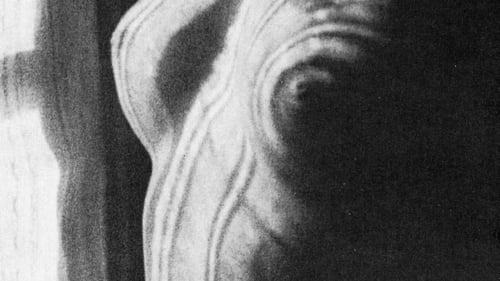
Nude torso
Experimental film, white specks and shapes gyrating over a black background, the light-striped torso of Kiki of Montparnasse (Alice Prin), a gyrating eggcrate. One of the first Dadaist films.


